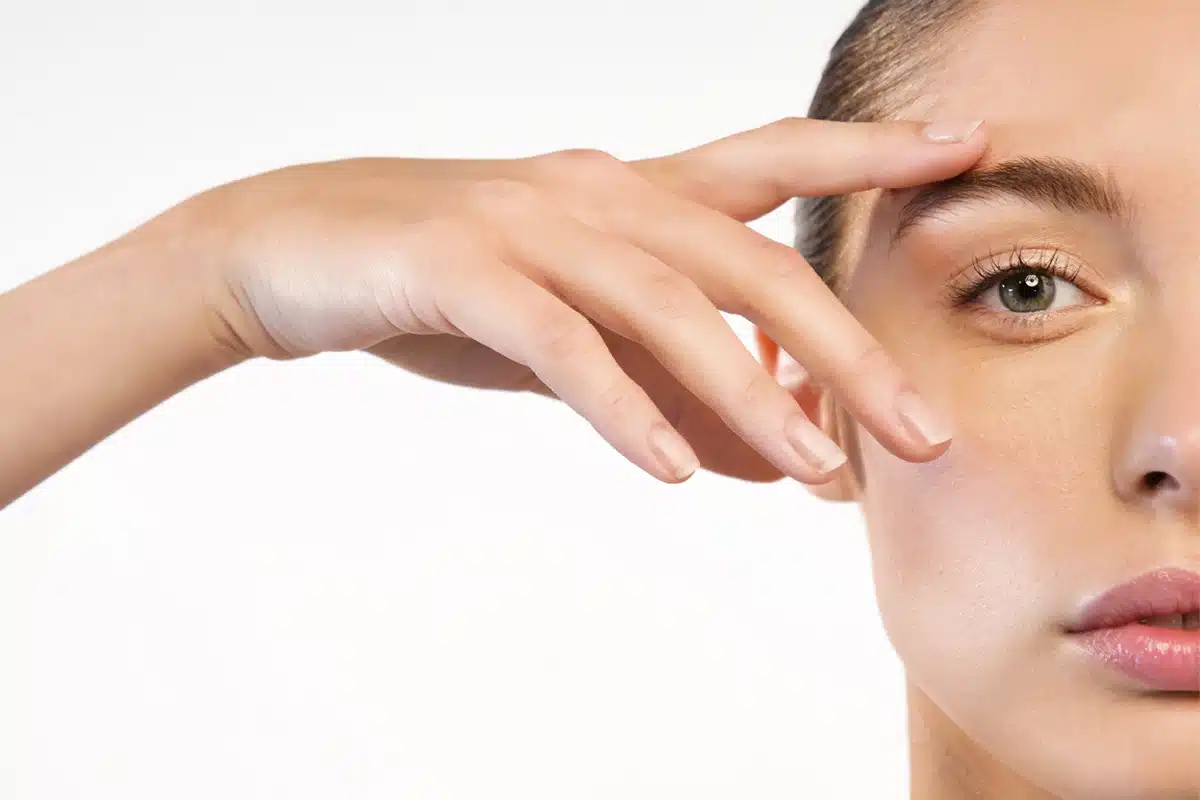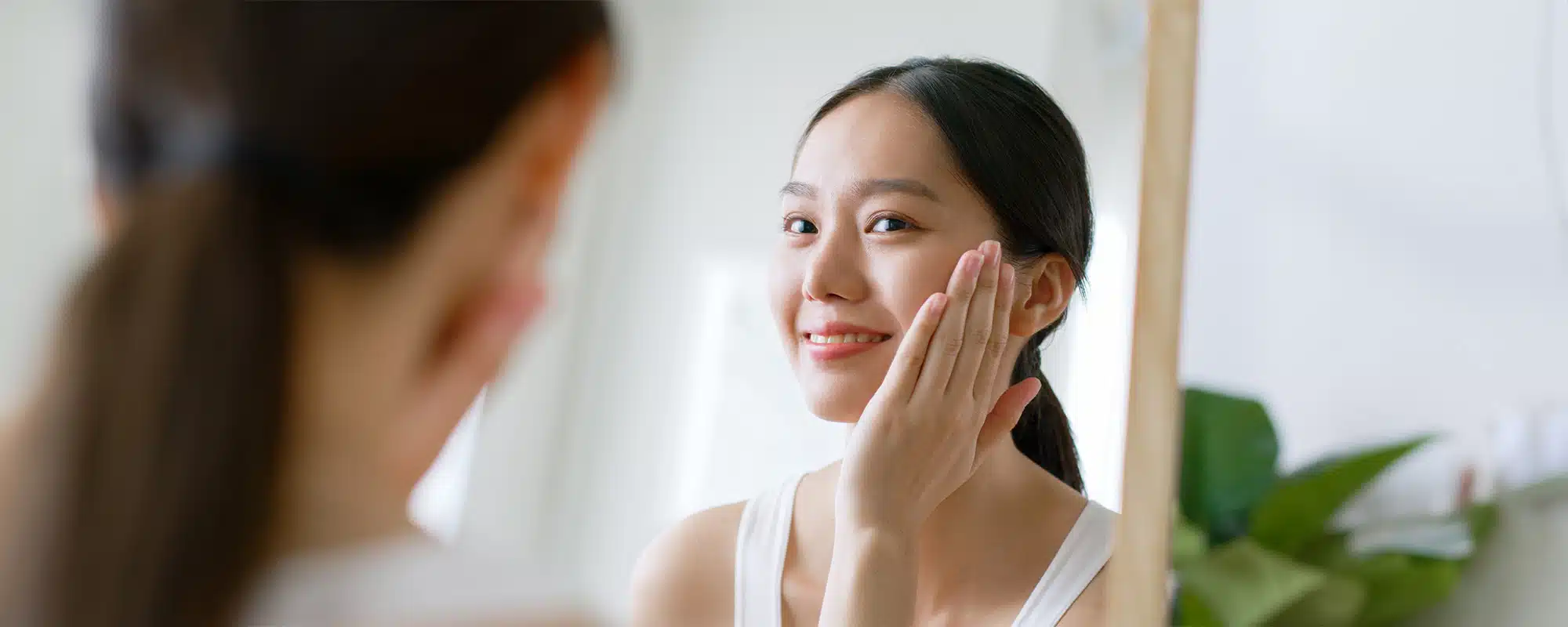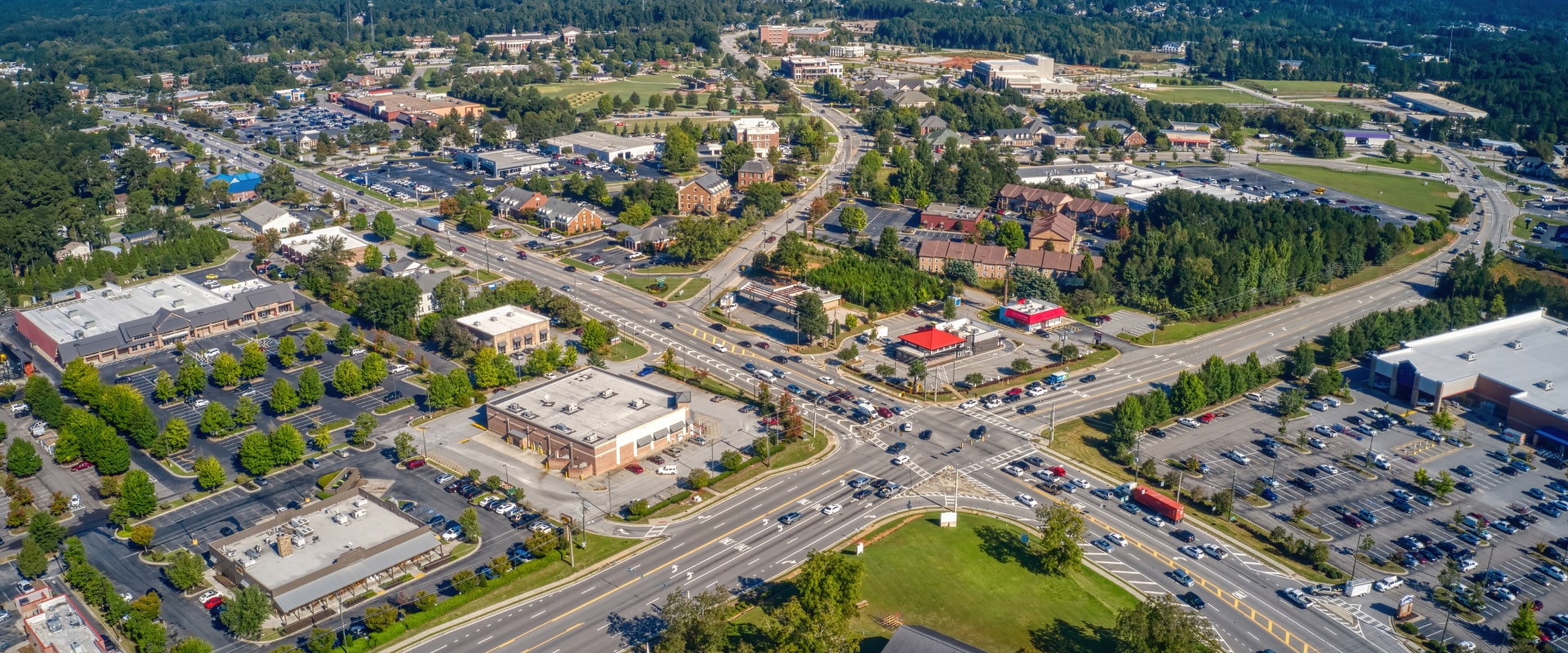Have you ever wondered what it really feels like after eyelid surgery? Blepharoplasty, while incredibly effective for rejuvenating your appearance, often comes with one unavoidable side effect—swelling. But how long does it last, and what can you do to speed up recovery?
If you’re considering eyelid surgery or are in the early stages of healing, you’re in the right place. Understanding the swelling timeline and knowing how to care for yourself can make a world of difference in your results and overall experience. Let’s dive in.

How Long Does Swelling Last After Eyelid Surgery?
Most patients experience the most noticeable swelling within the first 48–72 hours following surgery. You can typically expect significant improvement within 10–14 days—enough to feel confident stepping out in public. However, minor residual swelling can persist for several weeks, gradually resolving over a span of up to 3–4 months. Complete healing varies from person to person, but by the 6-month mark, all swelling should be gone.
Eyelid Swelling Timeline after Blepharoplasty
Swelling is a completely normal part of the healing process following blepharoplasty. Understanding what to expect at each stage can help ease anxiety and guide your recovery. Here’s a detailed timeline to help you visualize how the swelling typically evolves over time, from day one to six months post-surgery.
Swelling usually peaks within the first 24 hours following surgery. Your eyelids may appear puffy, bruised, and feel tight. This is a normal inflammatory response and not a sign of complications. Applying cold compresses and keeping your head elevated can help minimize this initial swelling. Expect this phase to be the most dramatic in appearance.
Swelling 1 Day After Blepharoplasty
By the end of the first 7 days after surgery, swelling will still be present but significantly reduced. Bruising may begin to fade from dark purples and blues to softer yellows and greens. Most patients begin to feel more comfortable resuming light daily activities at this stage, although full recovery is still in progress. Avoid strenuous activity for now.
Swelling 1 Week After Blepharoplasty
Two weeks post-op, most patients feel comfortable going out in public. Swelling is mild and easily concealable with makeup, if needed. While the healing is ongoing beneath the surface, externally, the eyes look more natural and refreshed. Any remaining puffiness tends to be subtle and noticeable only upon close inspection.
Swelling 2 Weeks After Blepharoplasty
At this stage, swelling continues to diminish steadily. Most of the visible signs of surgery are gone, and your eyelids should look smooth and defined. This is the time when final results begin to shine through. Some patients may still have minimal puffiness, but it no longer interferes with everyday life or appearance.
Swelling 3-4 Weeks After Blepharoplasty
By the two-month mark, any lingering swelling should be minor and largely unnoticeable. You’ll likely see your final results taking shape, though subtle internal healing is still happening. If any swelling persists, it’s typically so slight that it doesn’t affect the cosmetic outcome or functionality of the eyelids.
Swelling 2 Months After Blepharoplasty
Six months post-surgery, all swelling should be completely resolved. Your eyelids should look natural, youthful, and refreshed. The scars, if any, have faded significantly and are likely barely visible. At this point, the full benefits of the procedure are evident, and your results are stable and long-lasting.
Swelling 6 Months After Blepharoplasty
How to Reduce Swelling After Blepharoplasty Surgery
While swelling after eyelid surgery is a natural part of the healing process, there are several simple strategies that can help speed things along. Being proactive with your post-operative care not only enhances comfort but also supports a smoother, more refined outcome. Here are some of the most effective ways to reduce swelling and encourage optimal healing:
Hydration
Drinking plenty of water throughout the day helps flush out toxins and reduces fluid retention, which can worsen swelling. Staying well-hydrated also keeps your skin and tissues healthy, supporting faster and smoother healing. Aim for at least eight glasses a day, unless your doctor advises otherwise based on your individual health needs.
Head Elevation
Keeping your head elevated—especially while sleeping—promotes proper drainage of fluids and helps prevent swelling from pooling around the eyes. Use an extra pillow or a wedge pillow to keep your head above heart level. Try to avoid lying flat for extended periods during the initial healing phase.
Cold Compresses
Applying cold compresses during the first 48 hours after surgery can significantly reduce swelling and discomfort. Use a clean, soft cloth or a cold gel pack wrapped in a towel, and apply it gently to the area for 10–15 minutes at a time. Always follow your surgeon’s recommendations to avoid overcooling or damaging the skin.
Avoid Strenuous Activities
Refrain from heavy lifting, bending over, or intense workouts for at least two weeks after surgery. These actions can increase blood flow to the face and worsen swelling or even cause bleeding. Light walking is okay, but always check with your surgeon before resuming any type of exercise routine.
Gentle massage
After the initial healing phase—typically after one to two weeks—your surgeon may recommend light massage around the eyes. This can help reduce lingering puffiness by encouraging fluid drainage. Always use clean hands, and follow your provider’s technique to avoid putting too much pressure on healing tissues.
Protect your eyes
Shielding your eyes from sun, wind, and dust is essential during recovery. Wear sunglasses when outdoors and avoid environments that could irritate or dry out your eyes. These precautions help reduce inflammation and support healing while protecting the delicate surgical area from unnecessary stress.
Potential Complications During the Healing Process
While most patients heal smoothly after eyelid surgery, it’s important to stay alert for signs that something might not be progressing as expected. Recognizing potential complications early allows you to seek prompt medical attention and avoid more serious issues. Below are a few things to watch for during your recovery journey:
- Excessive Bleeding: A small amount of bleeding is normal after surgery, but persistent or heavy bleeding is not. If you notice blood soaking through your bandages or dripping from the incision sites, contact your surgeon immediately.
- Vision Changes: Temporary blurred vision can occur due to swelling or ointment, but double vision, loss of vision, or a sudden increase in visual disturbances should be addressed right away.
- Asymmetry or Irregular Healing: Minor asymmetry is common in early healing, but if one eye appears significantly more swollen or painful, it could indicate a deeper issue that needs evaluation.
- Severe Pain: Discomfort is expected, but intense or worsening pain may signal complications like hematoma or infection and should be reported to your doctor.
- Infection: Though relatively rare, infections can develop if bacteria enter the incision sites. Left untreated, an infection can delay healing and compromise your results.
Signs of Infection After Blepharoplasty
Infections after eyelid surgery are uncommon but serious, so recognizing the signs early is crucial. Here are key indicators that you may be developing an infection:
- Redness spreading around the incision
- Increasing warmth or tenderness in the area
- Thick or discolored discharge
- Fever or chills
- A foul odor from the incision site
If you notice any of these symptoms, contact your surgeon immediately. Prompt treatment can prevent more serious complications and help you stay on track with your recovery.
Blepharoplasty patient results
* All patients are unique and individual results may vary.
Other Blepharoplasty Recovery Tips
Beyond the basics of managing swelling, a few additional habits can greatly enhance your recovery experience and long-term results. These small but powerful actions support your body’s natural recovery processes and reduce the risk of complications. Consider these recovery tips as part of your post-surgery care plan:
Have a Healthy Diet
A balanced diet rich in vitamins, antioxidants, and lean proteins can promote faster healing and minimize inflammation. Focus on whole foods like fruits, vegetables, and omega-3-rich fish. Just as importantly, limit your salt intake—excess sodium can lead to fluid retention, which worsens swelling and delays your recovery.
Avoid smoking and alcohol
Both smoking and alcohol can impair circulation and slow down your body’s natural healing process. Nicotine restricts blood flow, which reduces oxygen delivery to healing tissues, while alcohol can lead to dehydration and increased swelling. Avoid both for at least two weeks before and after your surgery for best results.
Avoid Blood Thinners
Medications and supplements that thin the blood—like aspirin, ibuprofen, vitamin E, and certain herbal remedies—can increase the risk of bruising and bleeding after surgery. Always inform your surgeon about what you’re taking before the procedure and follow their guidance on when it’s safe to resume them.
Follow your surgeon’s instructions
Your surgeon’s post-operative guidelines are tailored to your specific needs and procedure. Following these instructions closely—including medication schedules, cleaning routines, and follow-up appointments—helps ensure a smooth recovery and optimal results. When in doubt, don’t guess—just ask.
How to Choose a Plastic Surgeon for Your Blepharoplasty
Choosing the right plastic surgeon can make all the difference in your blepharoplasty results. An experienced specialist will not only minimize your risk of complications but also ensure a smoother recovery and natural-looking outcome. With something as delicate as eyelid surgery, expertise and precision truly matter.
Dr. Joanna Kam is double-board certified in facial plastic surgery and otolaryngology-head and neck surgery. Renowned for her meticulous technique and aesthetic eye, Dr. Kam specializes in facial rejuvenation, cosmetic rhinoplasty, and reconstruction after skin cancer removal. Ready to feel more confident in your appearance? Call us at 856-565-2903 or visit our contact page to schedule your consultation today.



